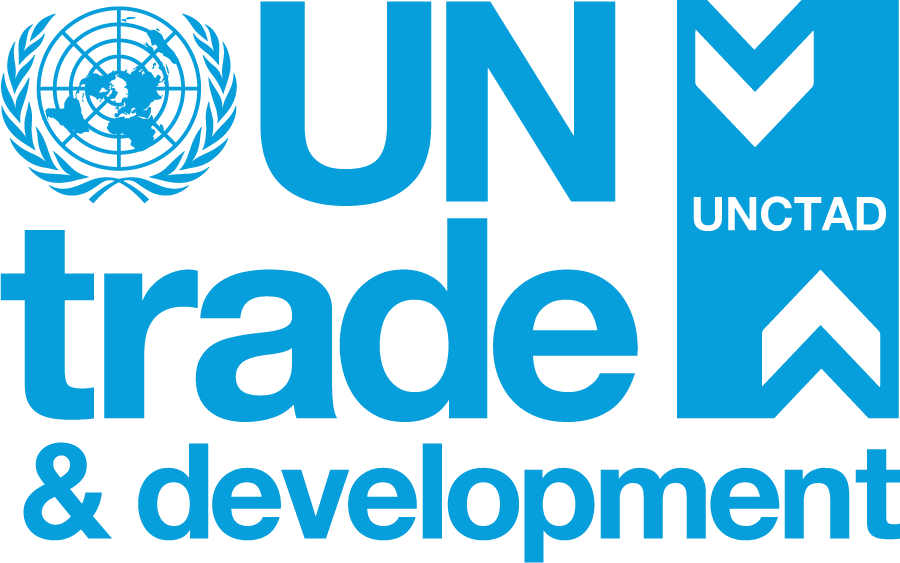The second meeting of the UNCTAD Working Group on Debt Workout Mechanism was held in Geneva on 2 December 2013. The legal roots and practical implications in the context of debt restructurings of good faith and transparency were discussed.
The discussions reflected the modalities and implications of adopting good faith and transparency principles in the context of a Debt Workout Mechanism. A working paper prepared by Matthias Goldmann (Max Planck Institute for Comparative Public Law and International Law) on these two principles was presented and discussed at the meeting.
Dr. Yilmaz Akyüz opened the meeting with a presentation on the management of external debt and balance of payment crises and debt resolution. He highlighted the role of private debt in the recent balance of payment crises as well as the changing debt profile of emerging economies.
The first session, moderated by Dr. Matthias Goldmann, started with the explanation of the incremental approach based on public international law discussed in the previous meeting and how studying good faith and transparency fits into this methodology. As there is a general trend towards improving collective action clauses, putting general principles in motion might complement the purely contractual approach. The legal sources of both the good faith and transparency principles were explained, concluding that they are generally well rooted in international law.
In the second session, moderated by Prof. Robert Howse, concrete and specific questions on how these general principles of law should be applied in debt restructurings were explored. In the third and last session, moderated by Prof. Anna Gelpern, the expert group examined the implications of good faith and transparency. In that regard, good faith is relevant both ex ante and ex post.
While the UNCTAD Principles basically deal with ex ante good faith, credit that is extended in violation of the principle of good faith in the context of the DWM may not be enforceable or fully enforceable or treated the same as others in the restructuring process.
Substantively, good faith can be relevant for equity and comparability of those participating in debt restructurings, and for ensuring that the agreement is economically and legally sustainable. From the procedural perspective, good faith is important to deal with conflicts of interest, voting by proxy (entities controlled by the debtor or entities controlled by certain creditors), questions of abuse, distortion and empty voting, disenfranchisement and undue procrastination. Creditors should participate in negotiations, they should not buy debt from troubled states for the purpose of extracting preferential treatment in the future restructuring, and they should work in good faith to reach a sustainable outcome.
The UNCTAD working paper discussed in the meeting presented some specific indicative criteria to assess whether bad faith occurred. There was a rich discussion on how these criteria would work when debts are transferred to new creditors, and whether only the original acquisition should matter for this purpose but not subsequent behaviors. The complementarity among the criteria was mentioned as a flexible interpretative tool to tackle this complex situation.
Principle of transparency would include data provision by the debtor and the creditor. On the debtor’s side, it was mentioned that macroeconomic data is not currently so difficult to find, instead contingent liabilities and identifying the debt holders constitute problematic issues in terms of accessing to reliable information.
Process transparency is also a crucial aspect, both looking back and looking forward. Forward looking procedural transparency was debated in light of the difficulty to track bonds and their holders. UNCTAD's potential role in the organization of this type of information was discussed with a view to overcoming the fragmentation problem riddling sovereign debt governance and enhancing accountability in general. It was also pointed out that, no matter the amount of information available, it should be backed by an ongoing communication process, in the form of regular creditors-debtors meetings so as to avert unnecessary reputational crises. A forum hosting such meetings should be open to all creditors.
The meeting concluded by highlighting the imbrications of transparency and good faith in that increased transparency would facilitate more accurate assessment of debtors’ and creditors’ behaviors in terms of good/bad faith.


